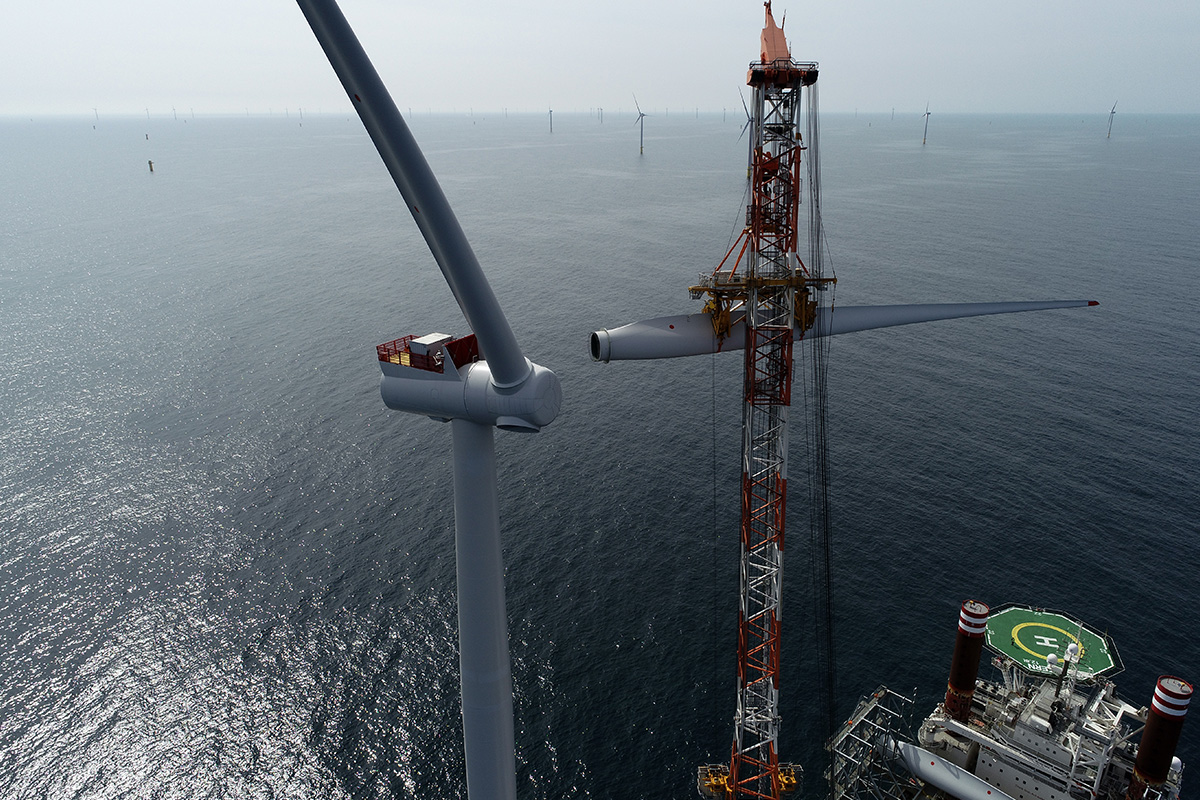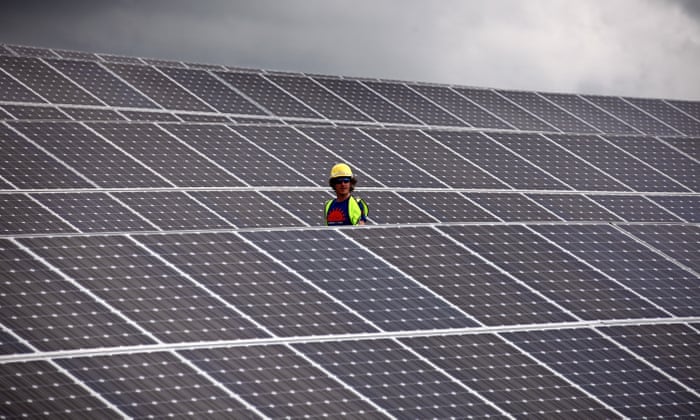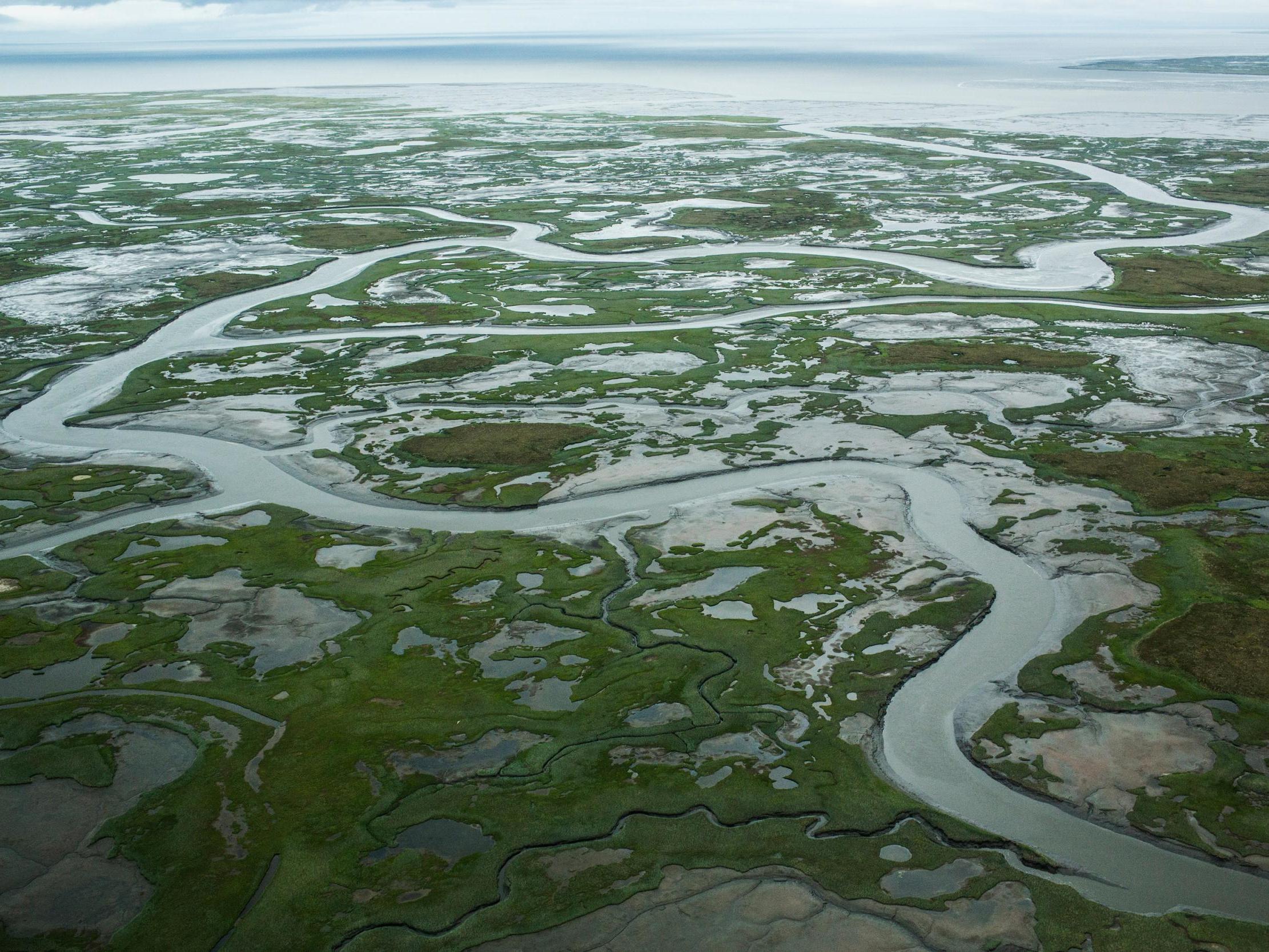Europe added 1.9GW of new offshore wind capacity in the first half of 2019, up from the 1.1GW installed in the same period last year, according to WindEurope.
Countries that contributed to the new installations are the UK with 931MW, including Ørsted's Hornsea Project One offshore wind farm, Denmark with 374MW, Belgium with 370MW and Germany with 252MW.

The combined installations of new offshore and onshore wind capacity amounted to 4.9MW in H1 2019, which is an increase from the 4.5GW added in the same period last year.
Europe invested EUR 8.8 billion in the construction of future wind farms, with EUR 2.4 billion dedicated to offshore wind. These investments will result in 5.9GW being installed and connected over the next two to three years, WindEurope said.
At the end of last year, Europe set the target to have at least 32% of electricity produced by renewable energy by 2030.
According to WindEurope, Europe is also talking about a net-zero economy by 2050, but the rate of installations so far this year will not bring to the target.
Continue reading at: Europe Sees 1.9GW Offshore Wind Boost | Offshore Wind
Countries that contributed to the new installations are the UK with 931MW, including Ørsted's Hornsea Project One offshore wind farm, Denmark with 374MW, Belgium with 370MW and Germany with 252MW.

The combined installations of new offshore and onshore wind capacity amounted to 4.9MW in H1 2019, which is an increase from the 4.5GW added in the same period last year.
Europe invested EUR 8.8 billion in the construction of future wind farms, with EUR 2.4 billion dedicated to offshore wind. These investments will result in 5.9GW being installed and connected over the next two to three years, WindEurope said.
At the end of last year, Europe set the target to have at least 32% of electricity produced by renewable energy by 2030.
According to WindEurope, Europe is also talking about a net-zero economy by 2050, but the rate of installations so far this year will not bring to the target.
Continue reading at: Europe Sees 1.9GW Offshore Wind Boost | Offshore Wind






